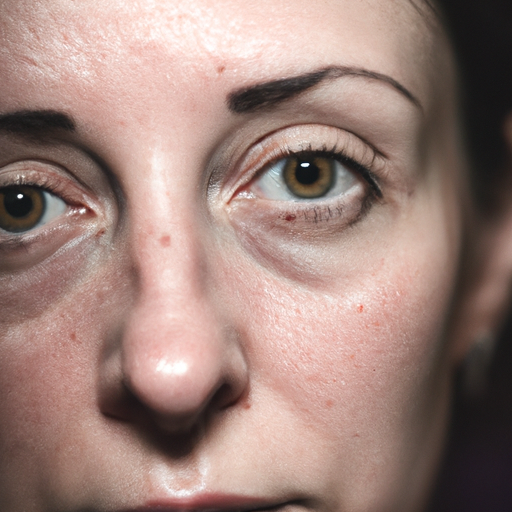As a medical professional, I am often asked about the best practices for maintaining healthy skin. One topic that frequently comes up is exfoliation. Exfoliation is the process of removing dead skin cells from the surface of your skin using a chemical, granular substance, or exfoliation tool. It’s an essential part of any skincare routine, but it’s also a process that needs to be done correctly to avoid damaging your skin. Here’s a comprehensive guide to face and body exfoliants and their proper use.
Firstly, it’s important to understand why we need to exfoliate. Our skin naturally sheds dead cells every 30 days or so. However, this process can slow down with age, leading to dry, dull skin and clogged pores. Regular exfoliation can help remove these dead cells, revealing fresher, brighter skin underneath.
There are two main types of exfoliants: physical and chemical. Physical exfoliants use small grains or a brush to physically remove dead skin cells. Examples include scrubs with sugar or salt crystals, loofahs, and brushes. On the other hand, chemical exfoliants use acids or enzymes to dissolve dead skin cells. These include products with ingredients like alpha-hydroxy acids (AHAs), beta-hydroxy acids (BHAs), and retinoids.
Choosing the right exfoliant depends on your skin type and sensitivity. For those with sensitive or dry skin, a gentle chemical exfoliant may be a better choice as it’s less likely to cause irritation. For those with oily or acne-prone skin, a physical exfoliant can help unclog pores and reduce the appearance of acne.
However, it’s crucial to use these products correctly. Over-exfoliating can lead to redness, irritation, and even skin damage. As a general rule, you should only exfoliate once or twice a week. If you’re using a physical exfoliant, be sure to apply it gently and not to scrub too hard. If you’re using a chemical exfoliant, follow the instructions on the product carefully and be sure to use sunscreen, as these products can make your skin more sensitive to the sun.
After exfoliating, it’s important to moisturize your skin to restore hydration and protect the new skin cells. Choose a moisturizer that’s suitable for your skin type and apply it while your skin is still slightly damp to lock in moisture.
It’s also worth noting that not all parts of your body need the same level of exfoliation. The skin on your face is thinner and more delicate than the skin on your body, so it’s best to use a gentler exfoliant for your face. For your body, you can use a coarser scrub, especially on areas with thicker skin like your elbows and knees.
In conclusion, exfoliation is a key step in maintaining healthy, glowing skin. However, it’s important to choose the right type of exfoliant for your skin type and to use it correctly to avoid damaging your skin. Always remember to follow up with a good moisturizer and sunscreen to protect your newly revealed skin. As with any skincare routine, consistency is key – regular, gentle exfoliation can help keep your skin looking its best.
Remember, everyone’s skin is unique, and what works for one person may not work for another. If you’re unsure about which exfoliant to use or how often to exfoliate, it’s always best to consult with a dermatologist or skincare professional.



